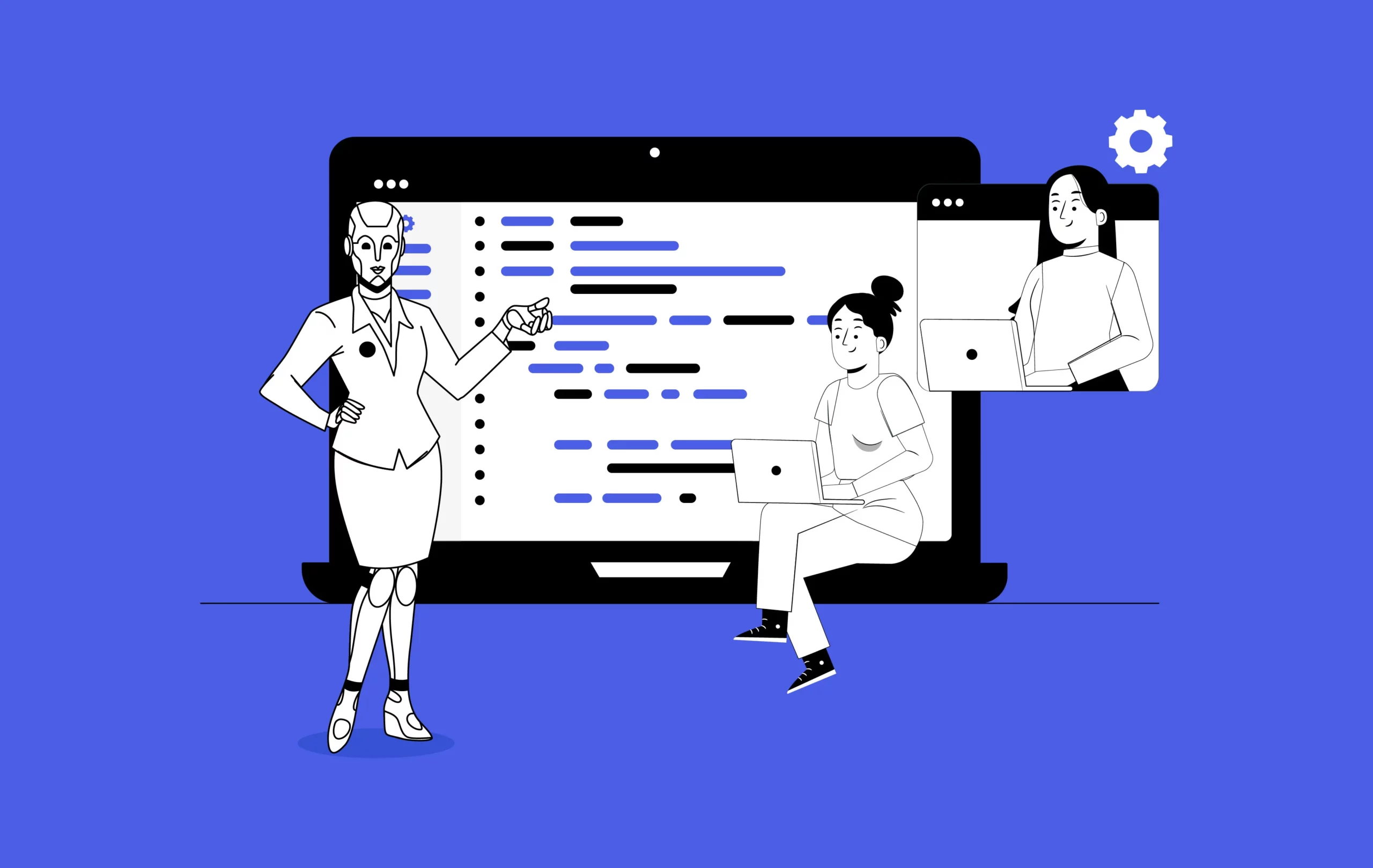India, with its vast and diverse education landscape, is on the cusp of a technological revolution in its education sector. The integration of Artificial Intelligence (AI) into education holds great promise, offering innovative solutions to age-old problems and democratizing access to quality education. However, this transformation is not without its fair share of challenges. In this article, we will explore the challenges and opportunities in integrating AI into the education sector in India.
Challenges
- Infrastructure and Connectivity:
- Digital Divide: A significant portion of the population lacks access to reliable internet and technology, hindering the widespread adoption of AI-powered educational tools.
- Power Outages: Frequent power outages in certain regions pose a challenge to the uninterrupted use of AI technologies in education.
- Quality of Content:
- Curriculum Adaptation: Developing AI-driven content that aligns with the diverse Indian curriculum is a complex task that requires extensive resources.
- Localization: Customizing AI solutions to cater to different languages and regional nuances is essential for effective learning, but it can be resource-intensive.
- Teacher Training:
- Skill Gap: Many teachers are not well-versed in using AI tools and may require training to effectively integrate them into their teaching methods.
- Resistance to Change: Resistance to adopting AI technology among some educators may hinder its integration.
- Data Privacy and Security:
- Student Data Protection: Safeguarding student data privacy is crucial. The mishandling of data could lead to privacy breaches and legal complications.
- Cybersecurity: Protecting educational institutions from cyberattacks and ensuring data security is paramount.
- Affordability and Accessibility:
- Cost of Technology: The initial investment in AI technology can be high, making it less accessible to schools and institutions with limited budgets.
- Urban-Rural Divide: Rural areas often lack the resources and infrastructure required for AI integration, exacerbating educational disparities.
Opportunities
- Personalized Learning:
- AI can tailor educational content to individual student needs, pace, and learning styles, improving learning outcomes.
- Remote and Online Learning:
- AI-powered platforms facilitate remote and online learning, ensuring education continuity during crises like the COVID-19 pandemic.
- Teacher Support:
- AI can assist teachers by automating administrative tasks, offering insights on student performance, and suggesting personalized teaching strategies.
- Resource Optimization:
- AI can help schools and colleges optimize resource allocation, from scheduling classes to managing administrative tasks efficiently.
- Skill Development:
- Integrating AI into education equips students with the digital skills necessary for the job market, contributing to India’s economic growth.
- Language Learning and Literacy:
- AI can enhance language learning and literacy programs by providing interactive and engaging content.
- Inclusive Education:
- AI can make education more inclusive by providing support for students with disabilities, ensuring that no one is left behind.
Conclusion
The integration of AI into the education sector in India presents both challenges and opportunities. While there are hurdles to overcome, such as infrastructure limitations and data privacy concerns, the potential benefits are substantial. AI has the power to revolutionize education in India by making it more accessible, personalized, and efficient. To successfully navigate these challenges and fully harness the opportunities, it is crucial for policymakers, educators, and technology developers to collaborate, prioritize digital literacy, and ensure that AI technologies are implemented with the best interests of students and teachers in mind. With a concerted effort, India can pave the way for a brighter and more technologically empowered future in education.





